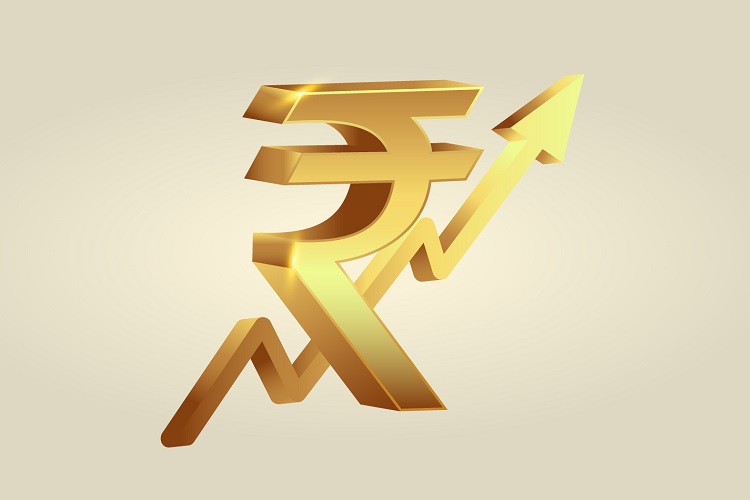Learn how the demand for gold jewellery correlates with the current gold rate in India and how to leverage this information to make informed investment decisions.
Gold stands as an invaluable asset, revered not only for its aesthetic appeal but also for its strong financial standing. In the rich tapestry of Indian culture, gold occupies a unique position, becoming an integral part of religious festivals, ceremonies, weddings, and various auspicious occasions. This deep-rooted cultural connection significantly shapes the demand for gold jewellery, shaping the dynamics of buying and selling gold in the country.

The demand for gold also greatly impacts the gold rate today in Pune, Mumbai, Delhi, and other cities in India. Understanding how this demand affects the current gold rate can be crucial for those looking to invest or leverage their gold jewellery for a gold loan. Let us explore the key factors that impact today’s gold rate in Chennai, Bangalore, Nagpur, or other cities across the country.
Demand for gold jewellery
One of the most significant factors that impact the current gold rates is the demand for gold jewellery. When there is a high demand for gold jewellery, the price of gold tends to rise. High demand drives the market and creates competition amongst buyers, causing the gold rate to increase. Conversely, when the demand for gold jewellery decreases, the gold rate tends to fall.
Understanding the factors impacting gold rates
The gold rate today India is influenced by a variety of factors, including the global economic climate, inflation, and demand and supply of gold. The price of gold also varies based on the purity of gold, measured in carats.
Here are the top 5 factors shaping the gold rates.
1. Global economic conditions
Economic uncertainty, inflation rates, interest rates, and geopolitical tensions influence gold rates. During uncertain times, investors often turn to gold as a safe-haven asset, increasing demand and prices.
2. Currency strength
The strength of currencies, especially the US dollar, has a significant impact on gold prices. When currencies weaken, gold becomes relatively cheaper, leading to increased demand and higher prices.
3. Central bank policies
Decisions made by central banks, such as changes in interest rates or monetary policies, can affect gold rates. Policies that increase liquidity or lower interest rates often lead to higher gold prices.
4. Market speculation and investor sentiment
Sentiment and speculation in financial markets can swiftly influence gold rates. Investor attitudes towards risk, market trends, and buying/selling patterns can cause short-term fluctuations in prices.
5. Mining production and supply
The quantity of gold being mined and its overall supply in the market significantly impact gold rates. Changes in mining output, exploration, and discoveries affect the supply side, influencing prices.
Tracking the current gold rate in India with Bajaj Finance
If you are looking to keep track of the current gold rates, you can check out the Bajaj Finserv Gold Rate page. The platform features up-to-date gold prices, making it easier for you to monitor the price fluctuations and make informed decisions about buying or selling gold.
The gold rate directly influences the amount one can borrow against gold. When prices rise, loan amounts increase, offering more funds against the same gold. Conversely, lower gold rates mean reduced borrowing amounts. The amount of loan offered is based on the percentage of the gold’s value, tied to market rates.
With Bajaj Finance, you can get a gold loan starting from Rs. 5,000 up to Rs. 2 crore against your gold jewellery. You can get up to 75% of your gold’s value depending on the current gold rates in the market. Bajaj Finserv Gold Loan comes with low rates of interest and offers you quick access to funds to manage your needs.
To apply for a gold loan with Bajaj Finance, you just need your basic KYC documents and your gold jewellery to be pledged. Since the loan is secured against physical gold, credit scores or extensive documentation are not primary approval factors, making it an attractive option even without a high credit score or history.


